Some thinking on paper about my upcoming silent Vipassana meditation retreat. Why sit in silence paying attention to the breath for 10 days? My answer emerges from a long history of inquiry into the nature of “reality.”
I didn’t realize that my 46-year meditation practice was actually inquiry into the nature of reality until recently. Transcendental Meditation (TM) was the first form of meditation I practiced. It’s based on concentration on a mantra. I thought of it as a way to reduce stress and get hold of my thoughts. I explored Yogananda’s Self-Realization approach, also mantra-based, which was pitched in Westernized terms to be a way to “find God.” The Buddhist path, which resonates the most with me, points to the end of “suffering,” the illusion of a separate “self” and the impossible-to-satisfy desire for peace and happiness the ego craves. Most recently, I’ve come to appreciate the integrated way of understanding conscious experience explained by Sam Harris in his “Waking Up” book and meditation/teaching app. Incorporating his Dzogchen training, he offers “pointing out” instructions like “Look for who’s looking” during the meditations. He hits my sweet spot with neuroscience, incorporating insights gained through dual and nondual traditions, psychedelic drugs and plain old rigorous philosophical examination of what we notice.
My practice has enabled me to live with general awareness that:
There is no “self” within me.
Thoughts (whatever their precise energetic explanation might be) spontaneously arise from consciousness. They are not “my” thoughts. I just become aware of them – until they fade away.
My “reality” is the brain-manufactured summation of electrochemical responses to sense organ reactions to external stimuli that appear in consciousness. Sounds, smells, colors, tastes and tactile sensations do not exist independently. They are created and interpreted in my mind.
Consciousness is the foundational/only reality. It’s getting close to the whole “god” thing that we’ve invented because we have no idea how things really came to be and work. There is no such thing as “my consciousness.”
Space and Time do not exist independently. They are the logical framework of the brain that enable us to understand the reality that we have chosen to create. This statement is probably inaccurate and is based on the mind-blowing implications of quantum theory and biocentrism. The enduring and ancient point, though, is that the past and future are unreal mental constructs. The only reality is the present moment.
Meditation is a practice during which these insights become more clearly perceived because we are seeking to perceive them (actually ceasing to focus on the thoughts that get in the way of perceiving them). As the experience of daily living as a human transpires, it’s easy to “forget” the truth, to become identified as an ego with thoughts separate from consciousness. The whole point of a meditation practice is to make realization of how we experience the world a part of every moment. The whole point is to be able to experience the world not as a separate self, but as consciousness. I believe I’m well on the way to being there.
So the point of the retreat is to begin again, to consider all I’ve come to understand as interesting and nothing more. It is to explore without interruption the nature of my experience and evaluate it with the benefit of 2,500-year-old traditional teaching methodology. If I emerge with renewed confidence in what I already come to believe, that will be great. If I emerge questioning everything I’ve ever believed to be true, that will be great, too. I am not trying to achieve a goal. I am going to be a conscious participant in whatever might unfold. We’ll see…

